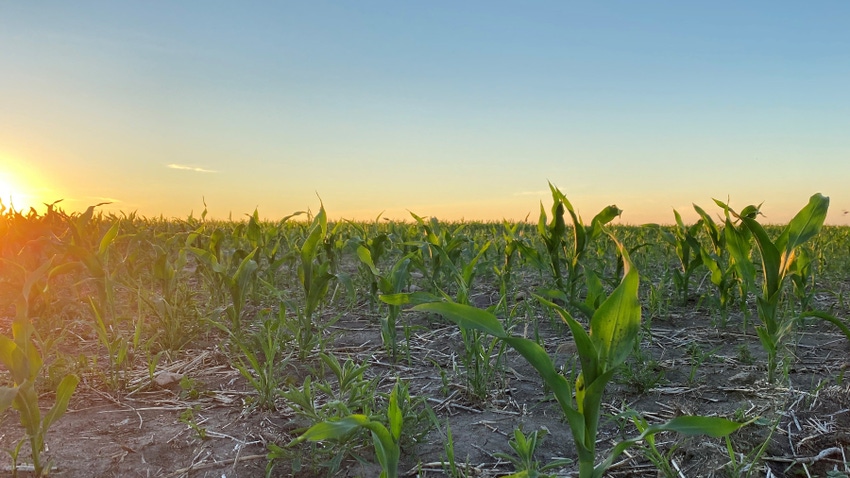
As spring conditions come in and out of the Dakotas, many farmers are itching to get their crops in the ground. But with such varied weather at the start of the growing season, when is the right time to plant?
Gary Hegg, a technical agronomist for DEKALB Asgrow who covers South Dakota, says careful consideration on planting time can minimize the chance of having to replant. “The main driver is moisture and temperature,” he explains.
After his territory received a heavy rainstorm in mid-April, Hegg says that conditions are cold and wet. “Moisture is more important than temperature when considering planting. If we’ve got wet pockets where the frost is slow to come out, we can really tax ourselves with inconsistent stands if we get out too early.”
So, what is optimal? “We’re really looking for good soil moisture and 50 degrees minimum temperature,” he says. “A lot of people like to think that once they hit 50 it’s go time, but I generally suggest for everyone to check temperatures in the morning to see what they really are.”
Strategize success
Once conditions are just right for successful planting, what else should be on your spring to-do list? Hegg says that this checklist likely started in the fall. “I’m a big proponent of having a clean field right at planting,” he says. “We generally recommend a fall applied residual ahead of soybeans. Then, follow up in season with Warrant for a layered residual approach for really good results. Products like Harness Max in corn have been very effective at tough-to-control weeds.”
Kochia and waterhemp are two of the top weeds to watch for in the 2024 growing season, and Hegg says a good way to keep weeds at bay is to closely scout in the spring. “As soon as it starts to warm up, scout for your hot pockets. Find where those weed patches are going to be at, and then follow up after herbicide delivery to see how effective that kill was,” he says.
These two weeds are an ever-present concern for producers in the Dakotas.
“Weed flushes happen throughout the year, and later rains can provide heavier pressure from both kochia and waterhemp in season,” Hegg says. “As we move west, dicamba is very effective, which is why we’re hopeful to get more concrete labels set, so we can continue to use it. It’s the best product we have for managing kochia in soybeans.”
Diseases such as tar spot continue to move north each year, but Hegg says he hasn’t seen it in his territory just yet. “I’m really hopeful that it doesn’t sneak into my area,” he says. “I think our winters in the state are going to help stave off that disease, but we’ll wait and see.”
Do you need to replant?
The decision to replant a crop varies greatly from farm to farm. Hegg says that the biggest factor in making this decision comes down to dollars and cents. “Generally, early in the season if you have a thin stand at all, it’s likely enough to trigger a replant,” he says. “If you’re planting a 30,000 population, and you’re 10% to 15% off, it’s likely enough to replant.”
This decision is further affected by the population yield goal and which hybrids were planted. “We have some hybrids where your flex potential is greater, where they can absorb that thinner stand,” Hegg says.
Planting the right hybrid at the right time, paired with the right weed and disease management, will leave your crops at bin-busting yields come harvest. For information, contact your local DEKALB Asgrow agronomist.
About the Author(s)
You May Also Like






